Exploring Factors Affecting Employee Turnover in New Zealand Tourism
VerifiedAdded on 2023/06/11
|7
|802
|79
Report
AI Summary
This report investigates employee turnover within the cleaning sector of Tourism New Zealand, highlighting its importance as an indicator of labor participation and overall firm growth. The literature review emphasizes the significance of retaining skilled staff, maintaining employee morale, and implementing effective workplace policies to mitigate turnover rates. It identifies a gap in the quality of training within New Zealand's cleaning industry. The research questions focus on understanding the reasons behind increasing turnover rates and the overall value of the cleaning industry to the country. Data collection relies on qualitative analysis, supplemented by secondary sources for the literature review, with research questions guiding the primary data analysis. The report references various studies related to safety culture, demographic factors, tourism demand, work-life balance, and employee motivation, providing a comprehensive overview of the factors influencing employee turnover in this sector.
1 out of 7
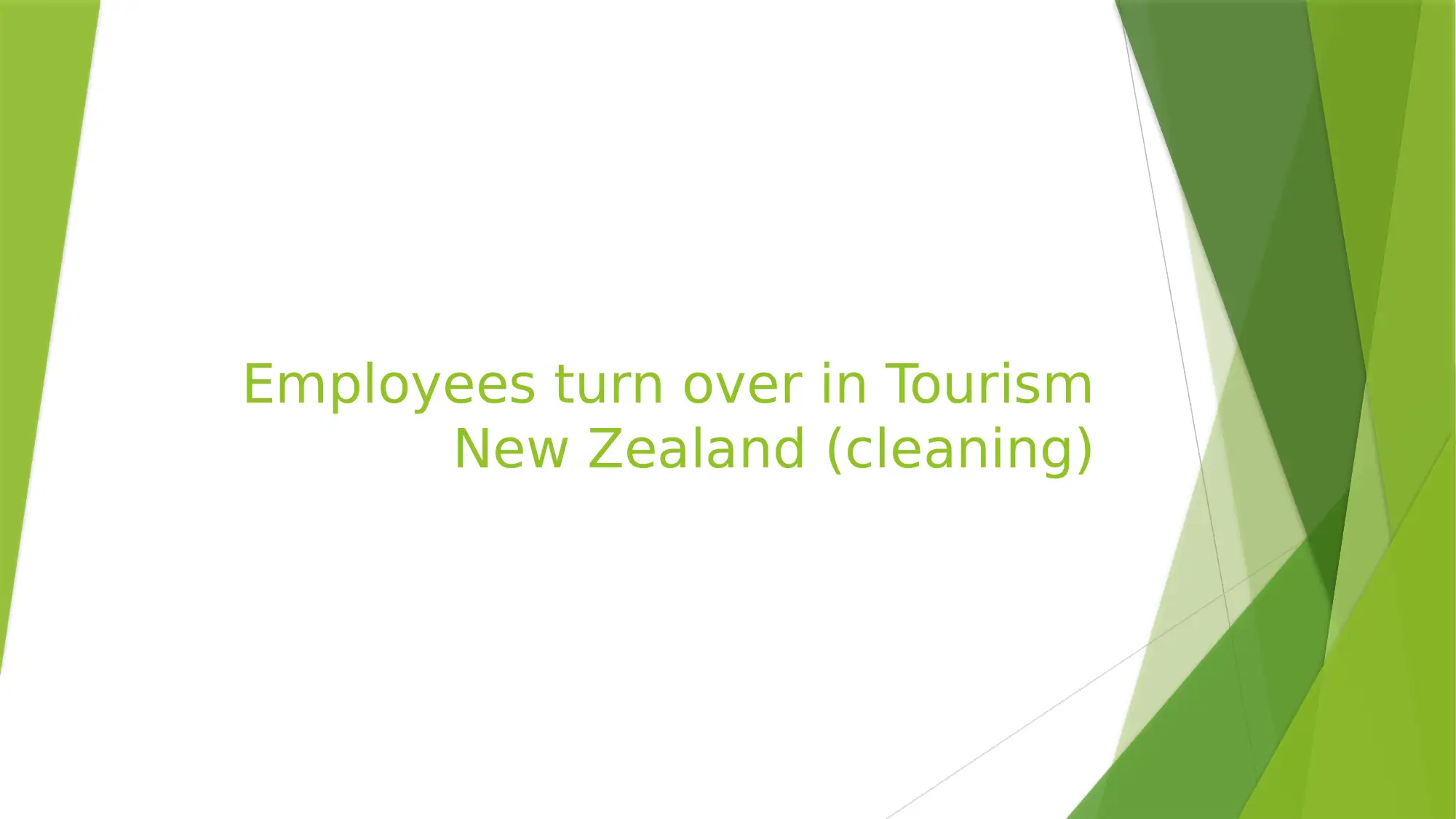
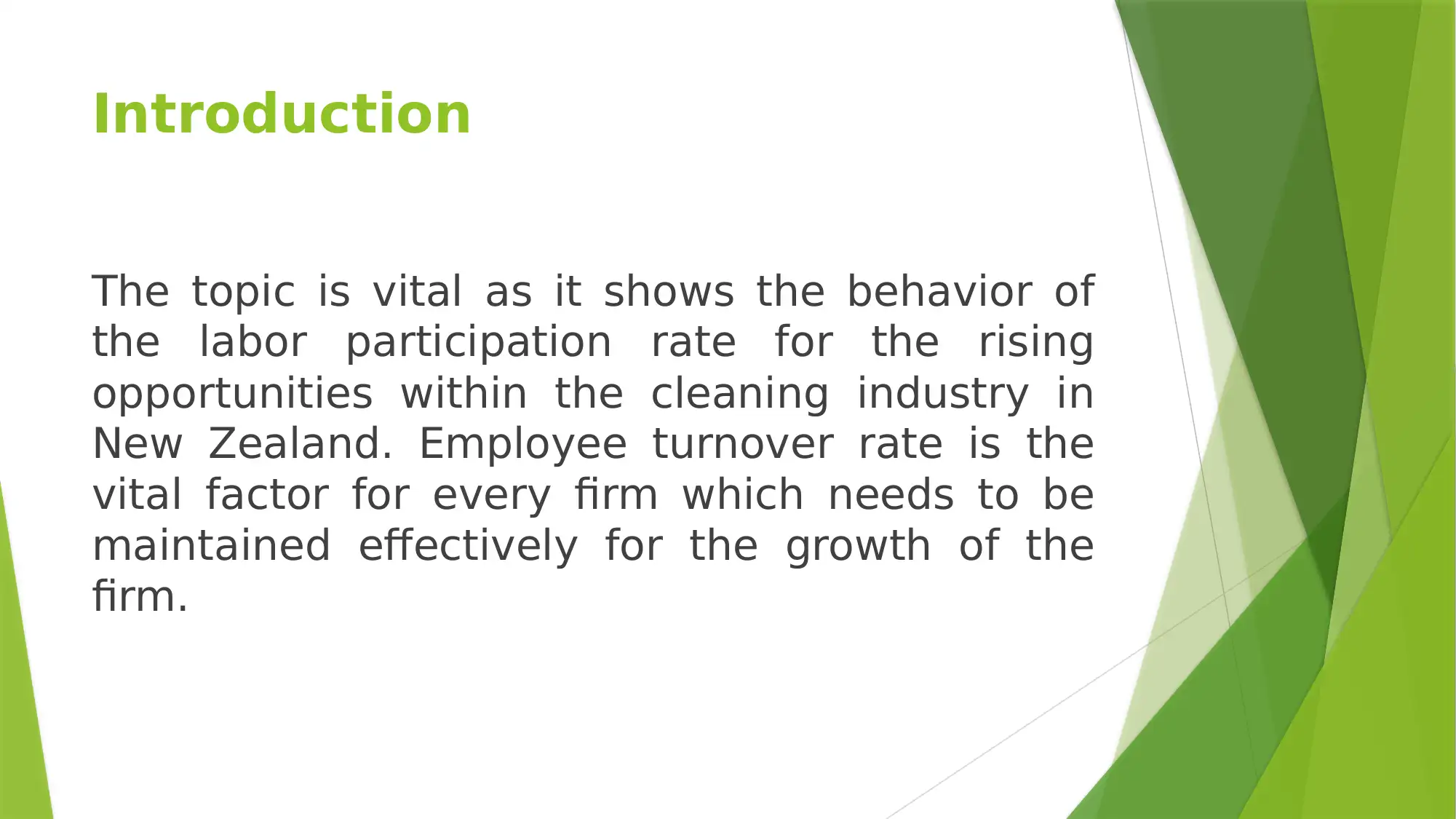
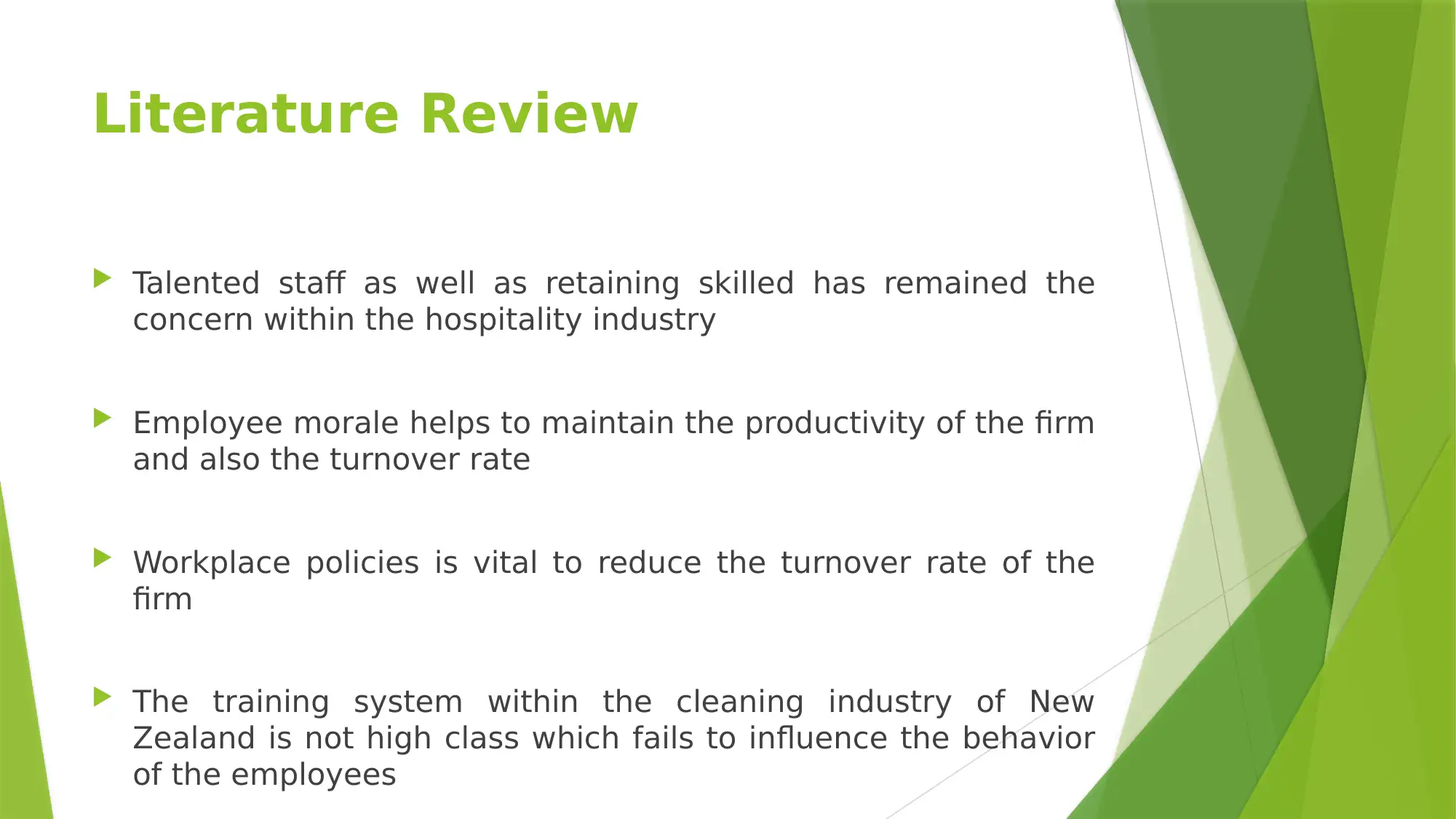

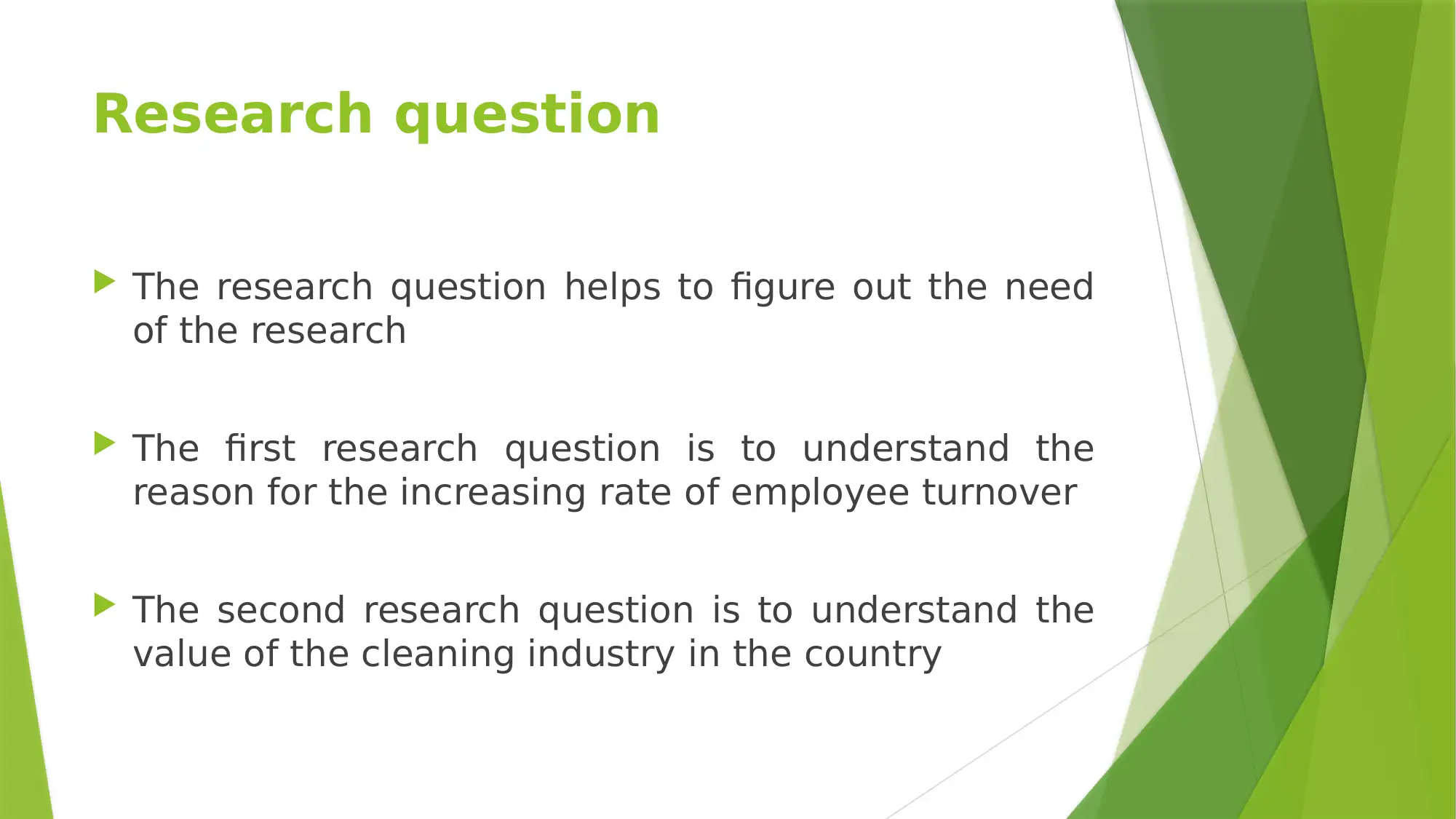
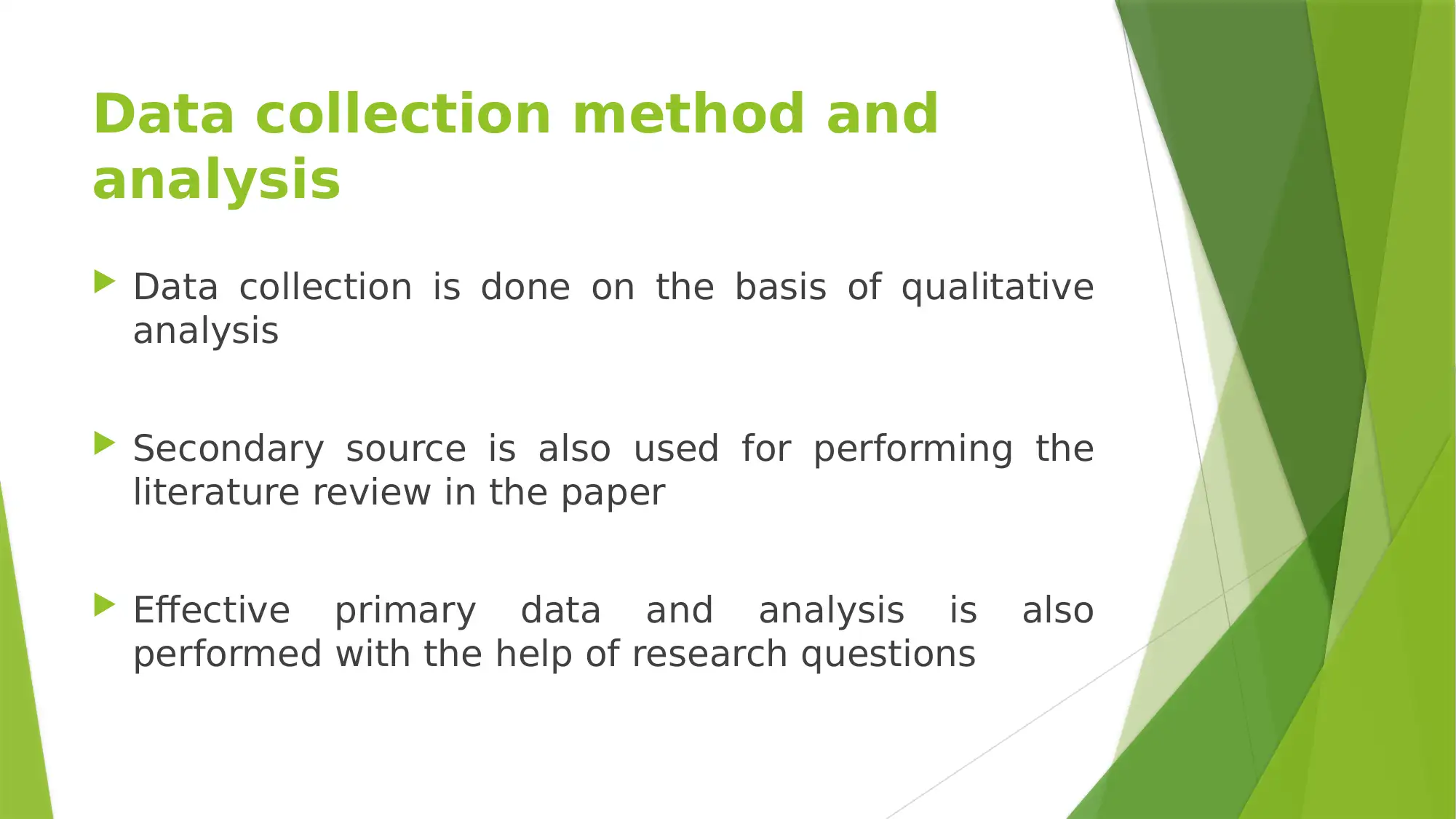
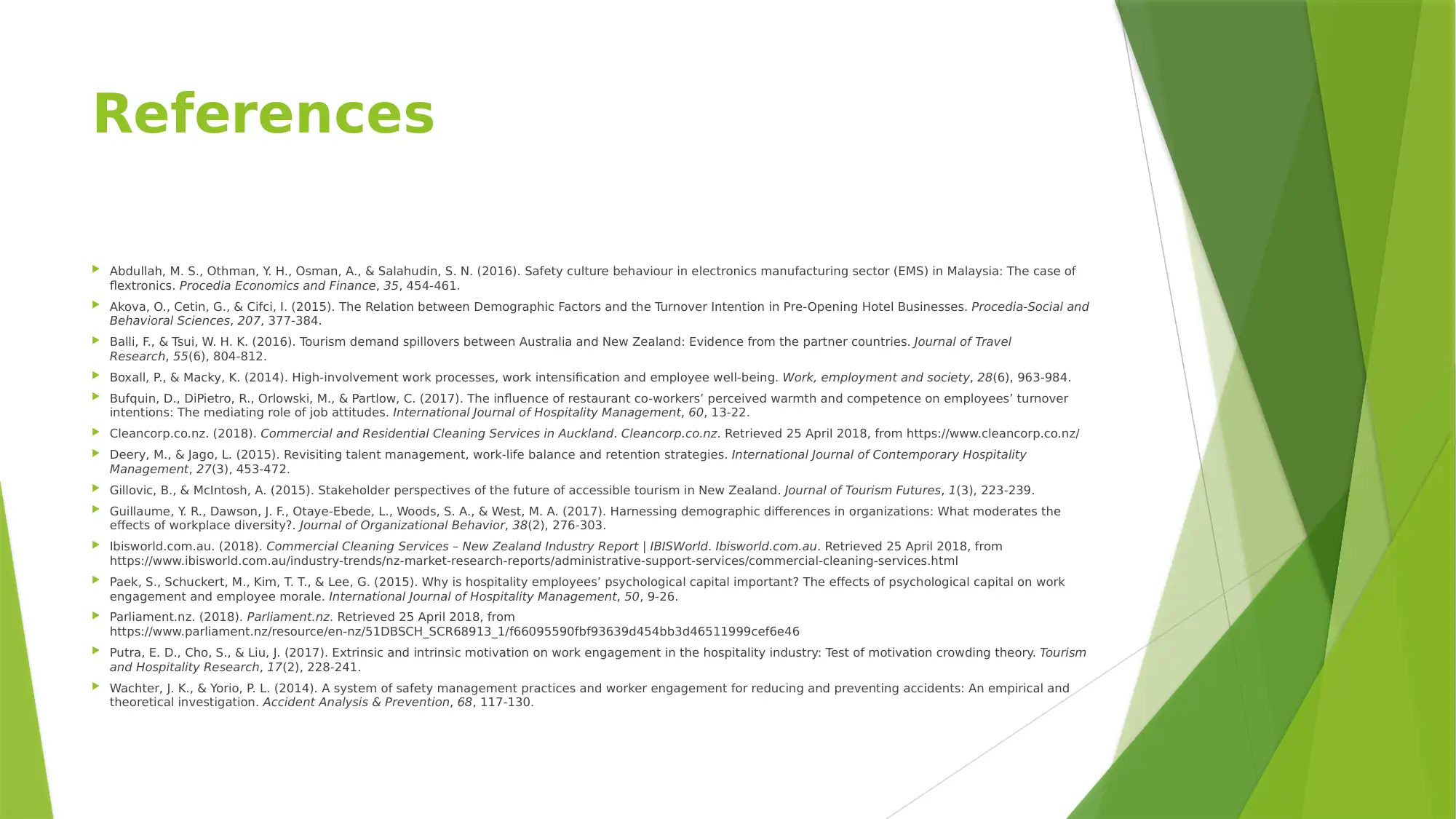







![[object Object]](/_next/static/media/star-bottom.7253800d.svg)